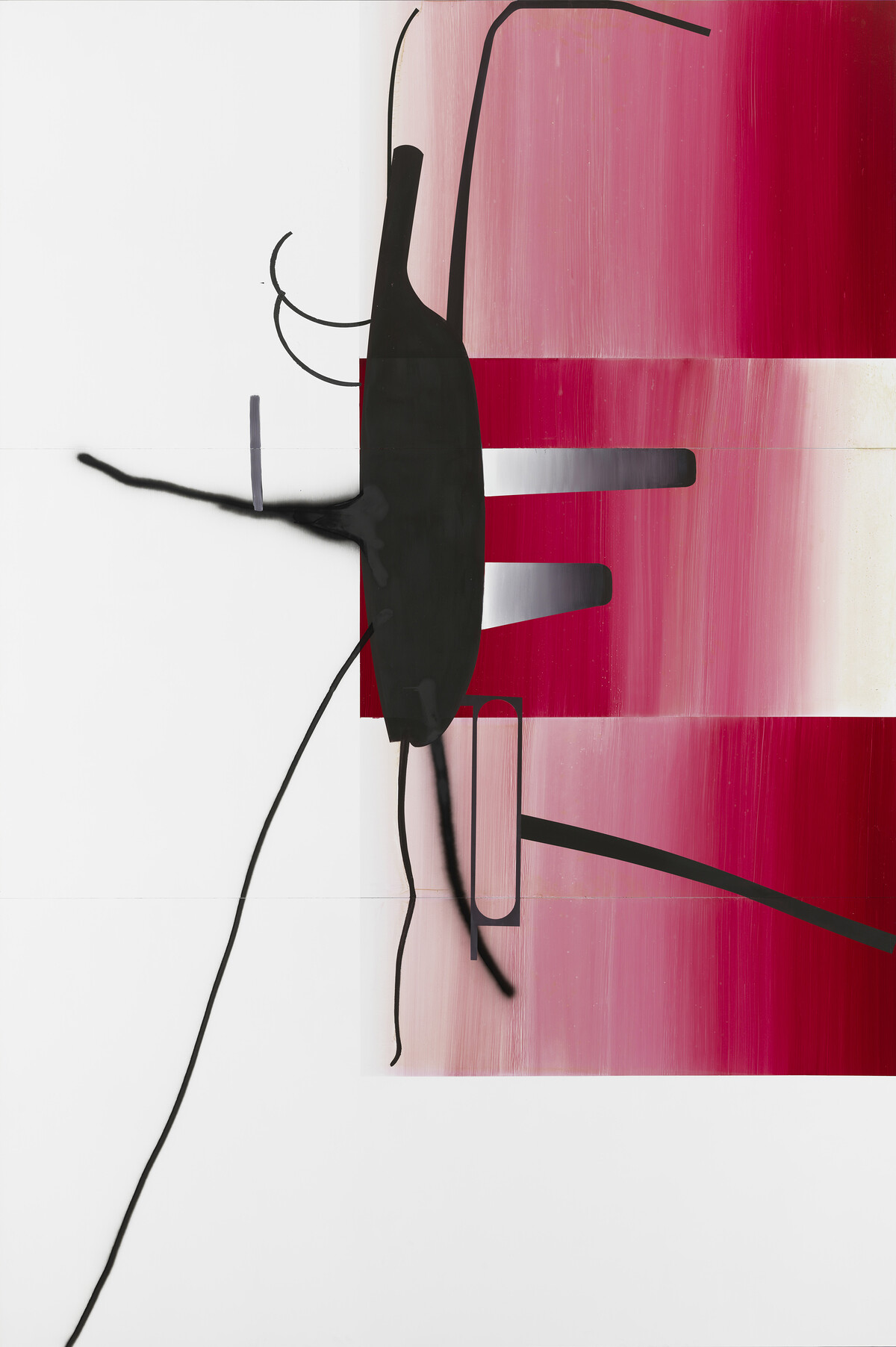Contemporary Art from the Brandhorst Collection
June 9, 2016–April 23, 2017
Theresienstraße 35a
80333 Munich
Germany
Hours: Tuesday–Sunday 10am–6pm,
Thursday 10am–8pm
With about 150 works from the Brandhorst Collection, Schiff Ahoy focuses on the continued relevance that the art of the 1960s and 1970s holds for contemporary art production. During this period, artists such as Carl Andre, Joseph Beuys, James Lee Byars, Andre Cadere, Mario Merz, Ed Ruscha, Niele Toroni, Richard Tuttle, and Lawrence Weiner experimented with materials and production methods previously considered unworthy of art. They called into question the static and work-based character of modern art, vigorously addressed the role of the viewer, and engaged with alternative artistic formats and channels of distribution. These impulses continue to be provocative and fruitful today, revealing numerous points of connection between the collection’s holdings dating from 1958 to the present.
The works on display share an interest in activating historical and art-historical interconnections. The artwork which lends the exhibition its title, Schiff Ahoy—Tied to Apron Strings (1989) by Lawrence Weiner is a prime example. The 13-piece collage series is based on pages taken from the book Die Siegesfahrt der Bremen (1940). Written in a heroic and patriotic tone, the book chronicles the daily experiences of a captain. Shortly before the outbreak of World War II, Commodore Ahrens sailed Norddeutscher Lloyd’s high-speed steamer “Bremen” from the US to the ship’s National Socialist homeland, and thus into a fatal future, which ended with the emergence of a new world order in 1945. Returning to this book in the historically significant year of 1989, Weiner juxtaposes two vital turning points in the history of the 20th century, and dismantles the hegemonic efforts of ideological systems that, he implies, were “tied to apron strings.”
The exhibition opens with Sitzgruppe Heimo (1996) by Franz West and Heimo Zobernig, which invites the visitors to take a seat on chairs designed by West. A “white cube”—representing the reduced form of the modern art space—is set up in front of chairs. Does it have anything to say, and if so, what? Is it an autonomous space or an object on a stage? If there’s a stage, then who’s the actor? These considerations set the tone for the works that visitors encounter at the museum’s entrance level. A connecting link between the works is the figure of the viewer. This becomes evident in classic minimalist artworks such as Carl Andre’s FeCuND (1986), or an untitled mirrored wall-work by Heimo Zobernig, which sets visitors squarely within the picture.
The rooms on the lower level explore the expanded range of artistic formats and distribution channels of art from the 1960s. Exemplary in this regard are Ed Ruscha’s early artist’s books, Twentysix Gasoline Stations (1963), and Some Los Angeles Apartments (1965), which are exhibited alongside the photographic series on which they are based. Ruscha took the photographs with the intention of publishing them in books—a decidedly democratic and unspectacular form for art—that could be purchased for a few dollars. Both Paul Chan’s printed and digital artist’s books from the last years, which hover between image and text, book and exhibition, and Martin Kippenberger’s Pop It Out (1994), a portfolio of 31 posters that friends of the artist designed for him, can be described as yet another contribution to the expansion of artistic formats. Seth Price’s pictures and objects based on the motif of the standard business envelope provide the conclusion to the rooms’ display. In the light of an increasing erosion of privacy via the inflationary circulation of information, the envelope motif takes on an emblematic significance: in an era where even the most intimate information is only a click away, the ultimate secrets are in the protective envelope. Thus, the envelopes become dystopian endpoints for the alternative modes of distribution celebrated by conceptual art—modes derived from a desire for broad accessibility.
In Schiff Ahoy, a special focus is placed on recent acquisitions of the past two years, most of which are presented to the public for the first time. With works by Kerstin Brätsch, Paul Chan, Jacqueline Humphries, Louise Lawler, Mark Leckey, Seth Price, Josh Smith, R.H. Quaytman, Kelley Walker, and Heimo Zobernig, Schiff Ahoy marks the expansion of the museum’s collection to include current artistic production. This emphasis will be continued in the coming year with solo exhibitions by Wade Guyton, Kerstin Brätsch and Seth Price, and occurs within the context of the museum’s own collection history, which has grown since the 1970s with the art of its time.
Curator: Patrizia Dander
The exhibition is supported by PIN. Freunde der Pinakothek der Moderne e.V.
*Albert Oehlen, Ohne Titel (Baum 6) [Untitled (Tree 6)], 2014. Oil on dibond, 375 x 250 cm. Udo and Anette Brandhorst Collection. Photo: Haydar Koyupinar, Bayerische Staatsgemäldesammlungen, Munich. © Albert Oehlen.



